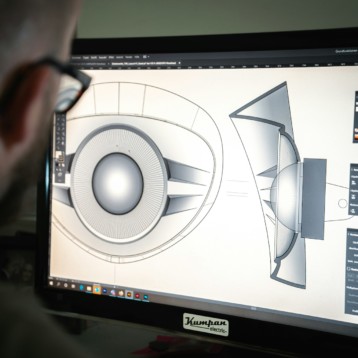|
Researcher Elvira Fortunato and colleagues from the Centro de Investigacao de Materiais at the university said there is currently overwhelming attention placed on the usage of biopolymers in the production of low-cost electronic applications. Various international research teams have started utilizing paper, or its generic name cellulose, as the physical support (substrate) of electronic devices, as it is Earth’s major biopolymer. Till now, none have successfully used paper as an interstrate component of a FET.
The development process entailed fabricating the device on both sides of the paper sheet. Using this method, the paper acts simultaneously as the electric insulator and as the substrate. From the results, the electric characterization of the devices revealed that the performance from the hybrid FETs outshined the amorphous silicon TFTs.
|
Potential applications for these paper-based transistors include paper like displays, bio-applications, smart labels, smart packaging, RFID tags, and new disposable electronics devices, among other uses.
TFOT recently covered new strong, light, and stretchy materials developed at the Swiss Federal Institute of Technology in Zurich, Switzerland. TFOT also covered nanowires that make bendy solar cells developed at A*STAR Institute of Microelectronics in Singapore. Also, be sure to check our extensive look at the future of electronic paper.
Additional information on the new paper transistors can be obtained at the Universidade Nova de Lisboa’s website.












